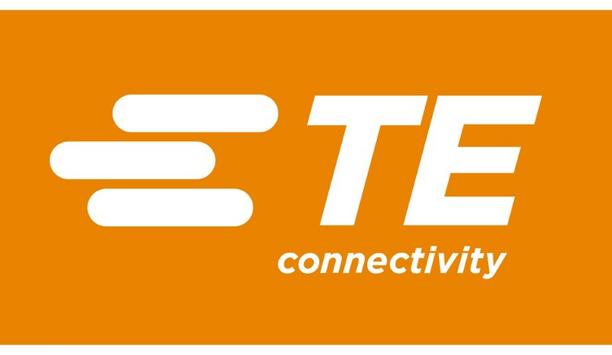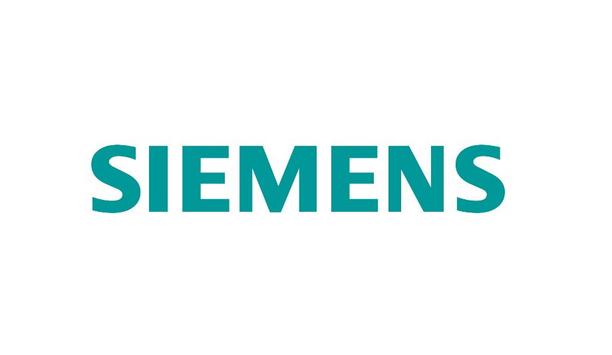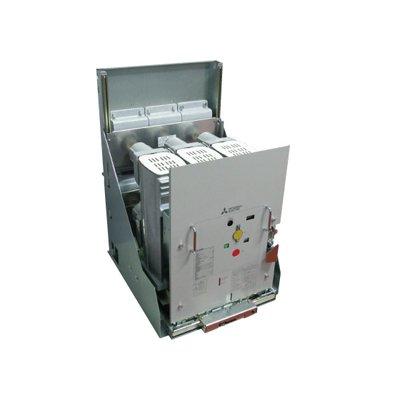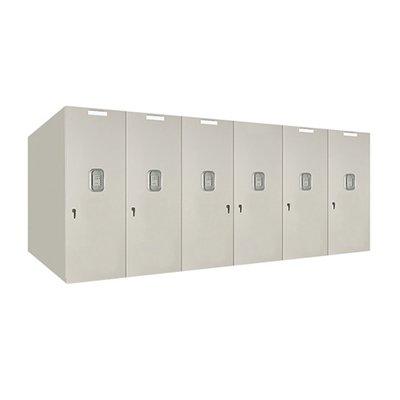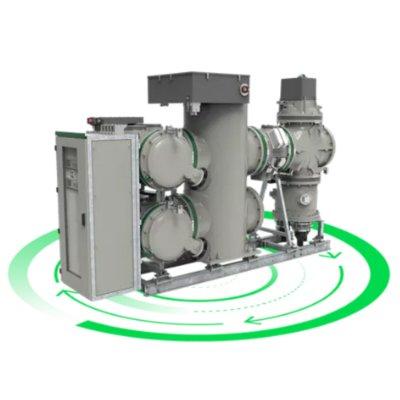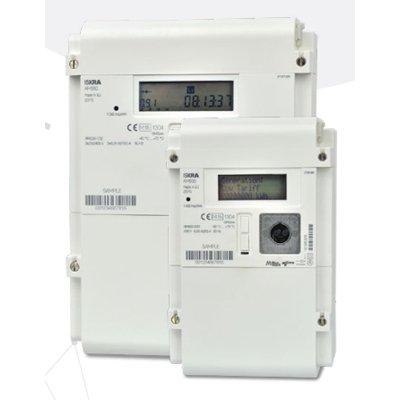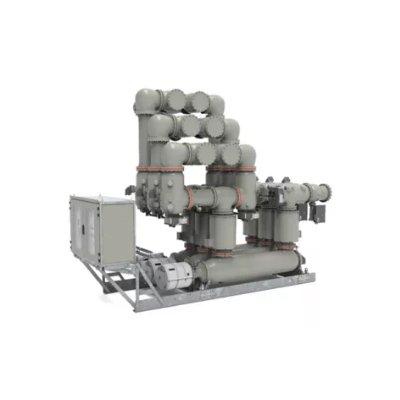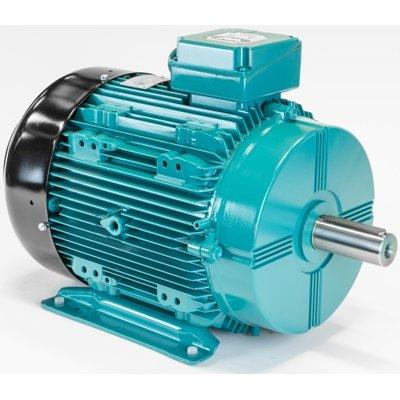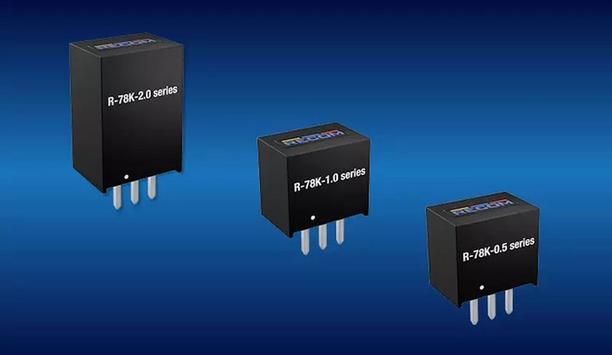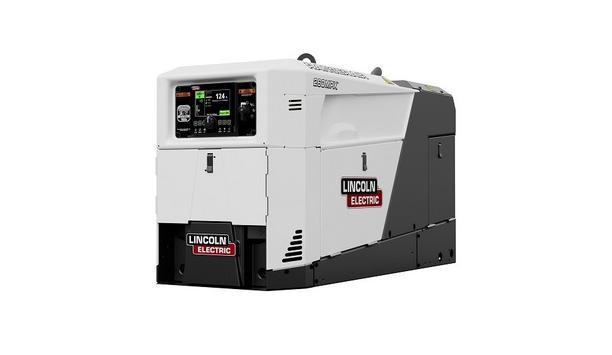Working with end-users looking to add WirelessHart gas monitoring to their facilities, one question almost universally comes up at some point during the process: Where to put gas detectors?
wireless gas detector
Using a wireless gas detector provides great flexibility to deploy monitoring devices exactly where users need them.
Obviously, gas type and leak location will influence detector placement, but less obvious is the need to create a robust network that ensures data gets back to them uninterrupted.
Thumb rules for WirelessHART networks
Here are a few rules of thumb for WirelessHART networks that can help get started.
The rule of five
The network can take full advantage of the mesh capability of a WirelessHART network and have sufficient redundancy
This rule states that a WirelessHART network should have at least five devices within range of the gateway.
Following this guidance will ensure the network can take full advantage of the mesh capability of a WirelessHART network and have sufficient redundancy built in. Less than five devices on a network will still be functional but will not take full advantage of these benefits.
The rule of three
This rule states that every device should have at least three neighbors. By doing this user ensures multiple paths for the WirelssHART signal to get back to the gateway so the information won’t be lost even if devices drop off the network or external factors such as trucks or moving equipment block one signal path.
In some cases, two neighbors may be sufficient but three should ensure they do not have to worry about losing data in an environment with unpredictable changes
The rule of 25%
This rule states that a quarter of devices should be within range of the gateway
This rule states that a quarter of devices should be within range of the gateway. Setting up a WirelessHART network with this in mind will help eliminate choke points.
If users have too many devices outside of the communication range of the gateway they will all need to communicate through a small number of central devices. This type of setup will tend to create bandwidth issues and prevent data from getting back to the control system.
easy to add devices
While these guidelines may not cover every possible scenario, these basic steps will help if users are adding wireless facilities or trying to expand an existing network.
In addition, if users are struggling with connectivity in an existing network, auditing their device placement with these rules can help. Since WirelessHART networks are self-healing and self-organizing, it’s easy to add devices to help create a more robust connection.


